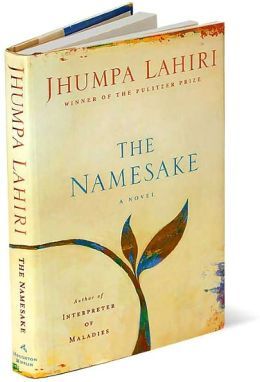
Though the pet name has deep significance for the baby’s parents, it is never intended to be used by anyone other than family.Įntering kindergarten, the Gangulis inform their son that he will be known as Nikhil at school. With many broken bones and no strength to move or call out, dropping the crumpled page is the only thing Ashoke can do to get the attention of medics looking for survivors. He had been reading a short story collection by Gogol just before the accident, and lying in the rubble of the accident, he clutched a single page of the story “The Overcoat’ in his hand. Ashoke suggests the name of Gogol, in honour of the famous Russian author Nikolai Gogol, to be the baby’s pet name and they use this name on the birth certificate.Īs a young man Ashoke survived a train derailment with many fatalities. The letter never arrives and soon after the grandmother dies, Bengal culture calls for a child to have two names, a pet name to be called by family and a good name to be used in public. The traditional naming process in their families is to have an elder give the new baby a name and the new parents await a letter sent by Ashima’s grand-mother. The delivery is successful and the new parents are prepared to take their son home when they learn they cannot leave the hospital before giving their son a legal name. Had the delivery taken place in Calcutta, she would have had her baby at home, surrounded by family. New to America, Ashima struggles through language and culture barriers as well as her own fears as she delivers the first child alone.



It is 1968 and her husband Ashoka is an engineering student at the Massachusetts Institute of Technology (MIT). Ashima Ganguli is a young bride about to deliver her first child in a hospital in Massachusselts.


 0 kommentar(er)
0 kommentar(er)
